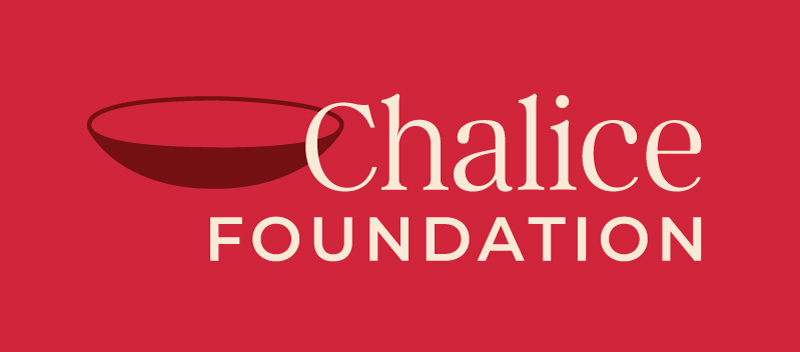Shae Allen
Shae Allen is a multi-passionate coach, facilitator and embodiment educator with a diverse background in workforce leadership development and delivery, outplacement consultancy and somatic education.As a facilitator and trainer Shae has delivered impactful sessions focused on a wide range of workplace wellness topics for employees and c-suite executives from leading companies in a wide range of industries including intellectual property, industry research and data mining, transport, construction, social enterprise, education, cosmetic and skincare, health and wellness, and the not-for-profit sector. Shae’s work as a leadership and embodiment coach in private practice over the past eight years supports women clients at midlife to approach their experience of the menopause transition from an empowered and transformational perspective. Her work guides women to greater levels of wellbeing, belonging and authentic power.
Angela Roberts
Tēnā koutou
Ko Tenemāka, ko Tiamana, ko Airani me Ingarangi te whakapaparanga mai
Engari
Ko Taranaki te maunga nānā au i whakaruruhau
I tipu ake au I te taha o ngā awa o Te Ana-a-Wai me Ōpihi
Ko Waitaha ki te Tonga te whenua tupu
Ko te pāmu o Glenfield te kāinga
Nō Pleasant Point au
Nō reira, tēnā koutou, tēnā koutou, tēnā tatou katoa.
Angela is a health professional, author and facilitator with 20 years of experience in the public and private sector. She is director of Chalice Foundation Aotearoa Trust, an organisation committed to creating a positive menstrual culture in Aotearoa. As an experienced group facilitator, and a background in Sexology she brings a wealth of knowledge and skill to the menstrual education space. She values the unique pūrākau (story) each person has with their cycle and creates safe spaces for kōrero (conversation) and whakawhanaungatanga (establishing relationships) to explore and learn about these important topics.
Alice Tabak
Alice Tabak had been running Celebration Day for Girls menstrual awareness education workshops since 2019. They have gained much popularity in Christchurch Ōtautahi, NZ Aotearoa that she is now holding groups nationally and in schools. Alice trained and qualified with Shine from Within Australia to become a Youth Mentor. In 2021/2 she has co created a Perimenopause workshop which she has recently started running in the Christchurch area. These are small group workshops focused on connection with others, honouring the transition and building knowledge/resources. Alice hopes to be able to run more groups like this in the future to celebrate the Maiden, Mother, Crone transitions in a busy contemporary society. Alice lives with her family; 3 children, husband Nick and chihuahua and also works in Aged Care and is Duty Manager at a popular Winery Restaurant/Deli in Waipara.
“I am passionate and dedicated to availing new or forgotten knowledge of connecting with and helping our Cycling bodies as well as its inner wisdom to help mental health and well being. It has immensely helped me in my journey and I couldn’t believe I was in my 40s when I truly saw the impact patriarchy, colonization ,capitalism and the industrial revolution has had on how I relate to my body. We must be able to see that Truth to make better decisions for our bodies and those we care for.”
Adriana Tantau
Drawing from personal experiences with PMDD and endometriosis, Adriana Tantau leverages her role as a global fitness consultant and host of The PMDD Podcast to advocate for a menstrual-friendly world. Adriana’s journey through the challenges of PMDD and endometriosis fuels her commitment to raising awareness and promoting education on menstrual health. Having faced hardships firsthand, she passionately channels these experiences into a mission that extends beyond mere awareness. Adriana’s goal is to destigmatize and empower individuals, emphasizing the implementation of tailored menstrual health programs in workplaces. The fusion of her fitness consultancy and podcasting uniquely contributes not only to personal well-being but also advocates for positive cultural shifts surrounding menstruation.
Keitha Jane Theodore
Keitha Theodore is a VCE Environmental Science & Biology teacher who has delved deeply into Menstrual Education following her personal journey with Natural Fertility, Menstrual Cycle Awareness and Perimenopause.
When the young girls in her care appeared to be disconnected from their menstrual cycles and struggling with period pain, shame, and lack of body autonomy, and when an Environmental Science class watched the documentary film 2040, Keitha’s found her passions converged. She could no longer ignore the connections between Menstrual Cycle Awareness Education, Climate Change and Global Warming – ‘we need to educate our young girls to understand their own bodies in order for them to help heal Mother Earth.
As a licensed Celebration Day for Girls facilitator Keitha regularly facilitates Mother / Daughter workshops, where she helps to break down the stigma of the menstrual cycle and help empower mothers and their daughters to prepare for menarche (first period) characterised by awareness, connection, and pride.
Through WorkCycle Keitha finds the combination of offering menstrual education and practical tips and solutions for workplaces, especially in places of education, leads to deeply satisfying ripple-effect cultural change across organisations.
Charlotte Young
Charlotte Young has a background in teaching, facilitating, writing and birth work. She currently works as an educator and relationship counsellor with a focus on the body-mind relationship. Since having her own children and working as a doula, Charlotte realised the importance of partnering with the body through multidisciplinary learning and how this engenders informed choice. As a result, she became a menstrual and menopause educator to support girls and women to understand and know their cyclical natures.
Charlotte cherishes connecting with her loved ones, dancing, studying and being in nature. She is the author of three books, Mama’s Word on Preventing Mastitis, Changing Woman – a guide to perimenopause and Ora’s Gold – a coming of age novel for young adults.

